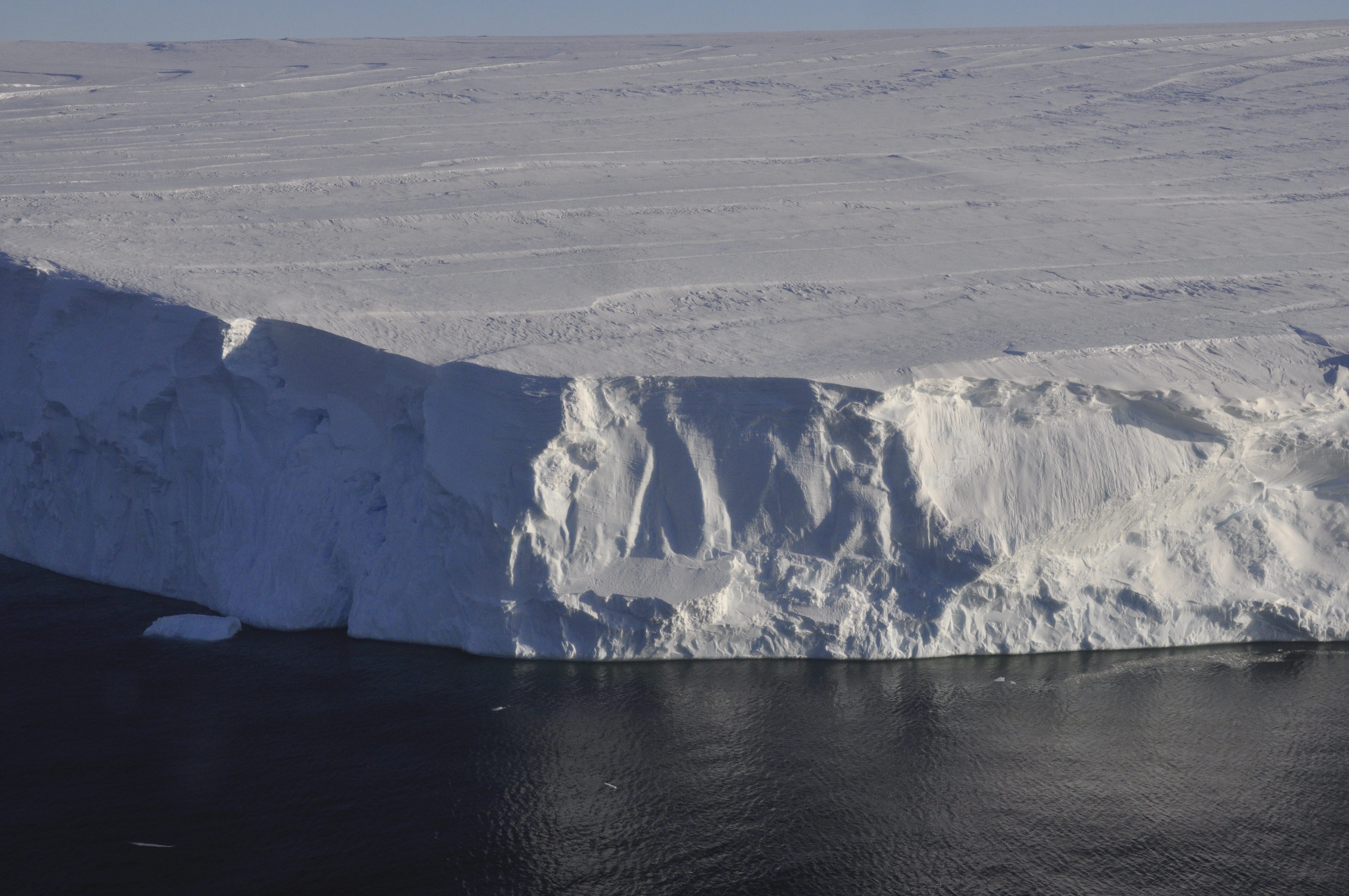
New research on the Antarctic Ice Sheet describes that sea-level could rise 17-24 cm if the Paris Agreement goals are not met. If the world exceeds three degrees Celsius of global warming, there will be rapid and unstoppable sea-level rise by 2100 and if the rate of global warming continues on its current trajectory, a tipping point will be reached by 2060, past which these consequences would be “irreversible on multi-century timescales.”
The new paper, published this month (May 2021) in the journal Nature, models the impact of several different warming scenarios on the Antarctic Ice Sheet, including the Paris Agreement target of two degrees Celsius of warming, an aspirational 1.5 degree scenario, and the current course which, if not altered, will yield three or more degrees of warming. If the more optimistic 1.5 and 2 degree Paris Agreement temperature targets are achieved, the Antarctic Ice Sheet would contribute between 6-11 cm of sea-level rise by 2100. But if the current course toward 3 degrees is maintained, the model points to a major jump in melting. Unless ambitious action to rein in warming begins by 2060, no human intervention, including geoengineering, would be able to stop 17-21 cm of sea-level rise from Antarctic ice melt alone by 2100. The implications of exceeding Paris Agreement warming targets become even more stark on longer timescales. Antarctica contributes about one meter of sea level rise by 2300 if warming is limited to three degrees or less, but reaches globally catastrophic levels of 10 meters or more under a more extreme warming scenario with no mitigation of greenhouse-gas emissions.
The research was led by the University of Massachusetts Amherst’s Rob DeConto, co-director of the School of Earth & Sustainability. DeConto and colleagues’ research shows the very architecture of the Antarctic Ice Sheet plays a key role in ice loss. Ice flows slowly downhill, and the Antarctic Ice Sheet naturally creeps into the ocean, where it begins to melt. What keeps that ocean-bound ice flowing slowly is a ring of buttressing ice shelves, which float in the ocean but hold back the upstream glacial ice by scraping on shallow sea-floor features. Those buttressing ice shelves act both as dams that keep the sheet from sliding rapidly into the ocean, and as supports that prop up the edges of the ice sheet and keep them from collapsing.
But as warming increases, the ice shelves thin and become more fragile. Meltwater on their surfaces can deepen crevasses and cause them to disintegrate entirely. This not only lets the ice sheet flow toward the warming ocean more quickly, it allows the exposed edges of the ice sheet to break off or “calve” into the ocean, adding to sea level rises. These processes of melting and ice shelf loss, followed by faster glacial flow and rapid calving are seen on Greenland today, but they haven’t become widespread on the colder Antarctic ice sheet — at least not yet. DeConto points out that “if the world continues to warm, the huge glaciers on Antarctica might begin behaving like their smaller counterparts on Greenland, which would be disastrous in terms of sea-level rise.” The authors of the study, which was supported by funding from the National Science Foundation and the NASA Sea Level Change Science Team, write that missing Paris Agreement temperature targets and allowing extensive loss of the buttressing ice shelves “represents a possible tipping point in Antarctica’s future.”
Study co-author Richard Alley, a co-principal investigator on the ITGC GHOST project, says:
“Thwaites Glacier is at the centre of this research. It’s the place where warming is most likely to trigger large, rapid sea-level rise. Studies at Thwaites can help narrow the uncertainties, allowing policymakers and the public to make wise decisions about future warming. And, knowledge gained at Thwaites can help in designing early-warning systems for other parts of ice sheets that could provide even more sea-level rise under additional warming.”
Read the paper on Nature.






